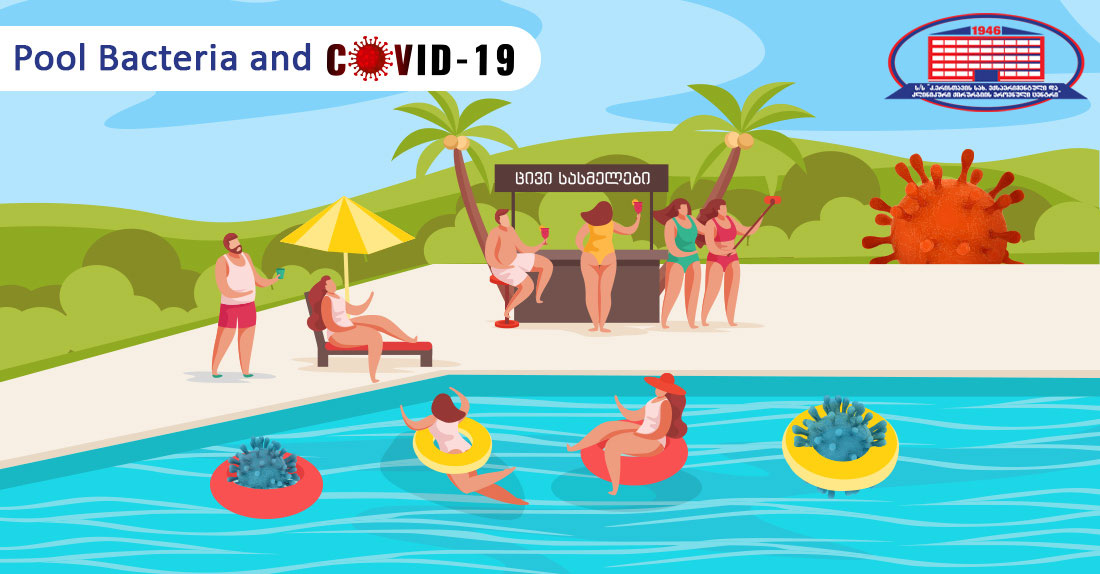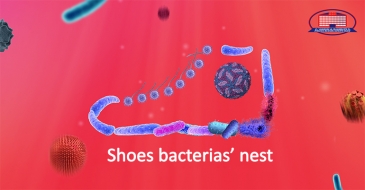- This is interesting
- Health and Lifestye
-
Helpful Advice
- Gastroenterologist advises
- Toxicologist advises
- The traumatologist advises
- therapist advises
- Rheumatologist advices
- Gynecologist advises
- Allergist advises
- Proctologist advises
- Neonatologist advises
- Neurologist advises!
- Hematologist advises
- Oto-rhino-laryngologist advises
- Epidemiologist Advises
- Ophthalmologist Advises
- Obstetrician-gynecologist Advises
- Endocrinologist Advises
- Cardiologist Advises
- Nutrition

Prevention of contagious diseases when using the swimming pool during the COVID pandemic
Summer's hot days have already acclimated us, and an even hotter season is likely coming. One of the best ways to cool down in the summer is to use public pools and this method is used by the majority of the population. However, due to the global pandemic, we need to know how to utilize pools properly to reduce the danger of infection. What diseases swimming pools carry and what precautions should be taken when utilizing them during a global pandemic, are detailed below.
First of all, it is important to note diseases that may inadvertently enter our bodies as a result of swimming in a pool, and cause us tremendous discomfort, or even require a course of therapy. As an example:
- Escherichia coli- it is usually associated with food and in addition, E Coli-bacteria lives in our body. However, other strains of it exist in water and can cause diarrhea, kidney failure, and even lethal outcome in case of improper treatment. To prevent infection, it is essential to avoid pools where animals swim, or where water is not properly filtered and disinfected.
- Cryptosporidiosis- is caused by a single-celled parasite that enters the body through unintended consumption of contaminated water while swimming. Because it is resistant to chlorine and other disinfectants, it is a tough parasite to eradicate. Symptoms of the disease known as „Cryptosporidiosis (crypto)“include: liquid diarrhea, weakness, weight loss, fever, and vomiting.
- Hepatitis A - a viral infection of the liver that can be contracted by swimming in contaminated water. Yellowing of the skin and eyes, itching, fever, diarrhea, and vomiting are all symptoms of liver malfunction. To avoid contracting this virus, combat drinking water from public pools and take a shower after getting out of the water.
- Lice - you probably could not have imagined it, but yes, lice do not die in chlorinated water. They also survive in water and can transfer to a healthy individual at any time. The parasite insect's life plan is to cling to the human scalp and suck blood from its skin. The chance of its transmission from the water is less likely than after getting out from the water, or while using a towel and pool bad from a friend, or even a family member.
Remember, if you have a wound on your body, never enter the water to avoid the above bacteria and infections. No matter how minor the injury is, it is sufficient to transmit the disease!
As you are aware, our lifestyle has altered as a result of the global pandemic, and personal hygiene and virus protection standards have been tightened even further. The exception was not the seasonal pools, which did not even function during this time, and following the opening, both the owners of the swimming pool and its customers act according to a properly designed guideline.
A Canadian-approved guideline for the usage of public swimming pools is as follows:
- Before entering the pool, take a full shower.
- Wash your hands for at least 20 seconds with soap and disinfectant;
- Do not use water items that others use (inflatable mattress/water toys);
- Do not immerse yourself in water if you have an open wound that has not healed fully;
- Keep a distance in the water (at least 2 meters);
- Do not dive under any circumstances;
- Do not submerge your nose underwater;
- Take a complete shower after you get out of the water.
In general, even if the COVID-19 pandemic is not present, persons utilizing public pools should follow these guidelines, because there is a risk of transferring more deadly and complex diseases than the COVID virus.
Let's follow the regulations together and fight the hot summer days!










